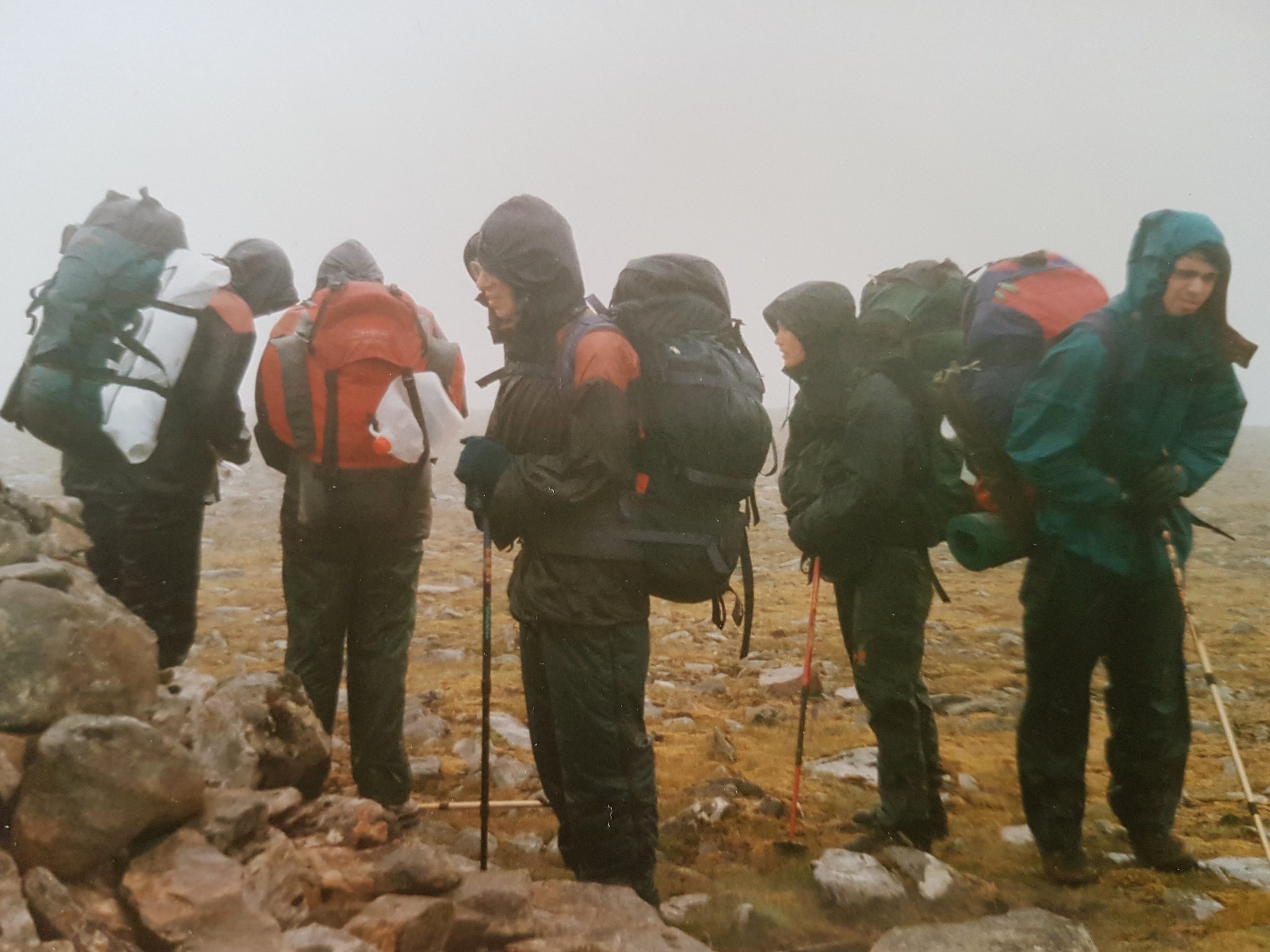For any beginner, planning a successful backpacking trip can be quite intimidating. Without the right knowledge, equipment and plan, backpackers can find themselves in difficult situations if they are not prepared. Fortunately, with a few steps and the right gear, anyone can plan a successful backpacking trip.
The first step to planning a backpacking trip is to decide on your destination and the length of your stay. Consider what type of terrain you want to explore, how much time you have, and other factors such as weather conditions.
Once you have determined where you want to go and when, it’s time to start preparing your gear. Depending on your destination and length of stay, you will need to select the proper clothing and layers for the climate in which you will be spending most of your time.
When it comes to selecting gear for a backpacking trip, there are three main categories: shelter, food & water and clothing & footwear. Shelter items include tents or hammocks for sleeping, tarp for rain protection or shade coverings during hot days.
For food & water needs, make sure you bring enough non-perishable items that will last throughout your journey as well as enough water for drinking and cleaning purposes. Lastly for clothing & footwear needs, pack enough layers to keep yourself warm in cold weather while also preparing protective clothing in case of rain or windy conditions.
Once all these items are in place, it is wise to create an itinerary highlighting all the places you plan on visiting during your trip. This should include estimated times for arrival at each location as well as activities planned along the way. Additionally, research any potential hazards such as dangerous wildlife or areas with extreme weather conditions so that proper precautions can be taken.
If done correctly, backpacking trips can be incredibly rewarding experiences that leave lasting memories. With the right preparation and knowledge of what is needed beforehand, anyone can plan a successful backpacking trip that will provide them with unforgettable memories.
Conclusion: Planning a successful backpacking trip requires careful consideration of destination choices along with adequate preparation of necessary gear items such as shelter materials, food & water supplies and clothing & footwear layers. Additionally creating an itinerary highlighting all activities throughout the duration of the trip is essential so that any potential hazards can be avoided while also ensuring enough time is available at each stop along the way. With these steps in mind anyone can plan an enjoyable backpacking experience.
9 Related Question Answers Found
Backpacking is an exciting way to explore the world and make memories that will last a lifetime. But it can be daunting to plan a backpacking trip when you’ve never done it before. Where should you go?
Planning a backpacking trip is no easy feat. With so many factors to consider, it can be overwhelming and easy to overlook important details. From choosing the right gear, to planning your route and budgeting expenses, a lot of thought and planning needs to go into a successful backpacking trip.
Backpacking around the world is a great experience and can be one of the most rewarding and educational adventures you can have. Planning a backpacking trip around the world requires careful consideration of your budget, time frame, and destination. Here are some tips to help make your backpacking trip successful:
Set Your Budget:
The first step in planning your trip is to set a budget.
Backpacking trips are an amazing way to explore the world and take in new sights, sounds, and experiences. Whether you’re planning a trip around the world or just a weekend adventure, backpacking can be an incredibly rewarding experience. But before you hit the road, you’ll need to do some planning and preparation.
Planning your first backpacking trip can seem like a daunting task. After all, you’re about to pack up your stuff and head into the great unknown! However, with some careful research and preparation, you can make sure that your trip is both safe and enjoyable.
Backpacking is an exciting and fulfilling way to explore the world. It immerses you in cultures, landscapes, and experiences that would otherwise remain out of reach. It’s also a great opportunity to learn more about yourself and challenge yourself in ways that no other activity can.
A backpacking trip is a great way to explore some of the world’s most beautiful and remote places. From the snow-capped Himalayas to the lush jungles of South America, backpacking offers an opportunity to see a variety of cultures and landscapes. However, it’s important to prepare for your trip before you set off.
Backpacking is a great way to explore the world, but it can also be intimidating for those who are new to it. To ensure you have a successful backpacking trip, there are some important steps you must take before setting off. Knowing how to plan and prepare for a backpacking trip will help make your journey as safe and enjoyable as possible.
Are you planning your first backpacking trip but don’t know where to start when it comes to training? There are some key areas you want to focus on in order to be prepared and make sure your trip is enjoyable. Physical Conditioning
The most important element of backpacking training is physical conditioning.

